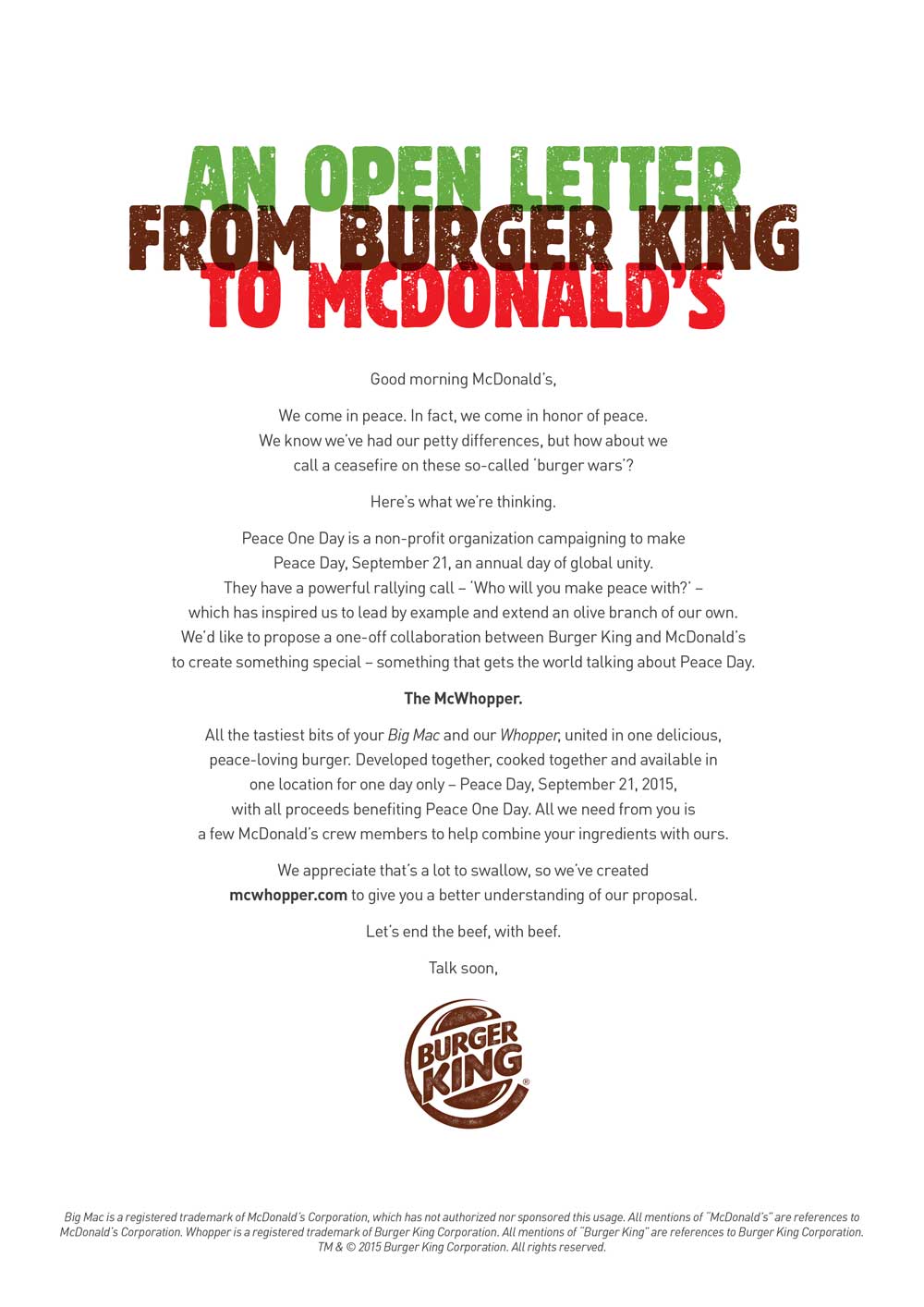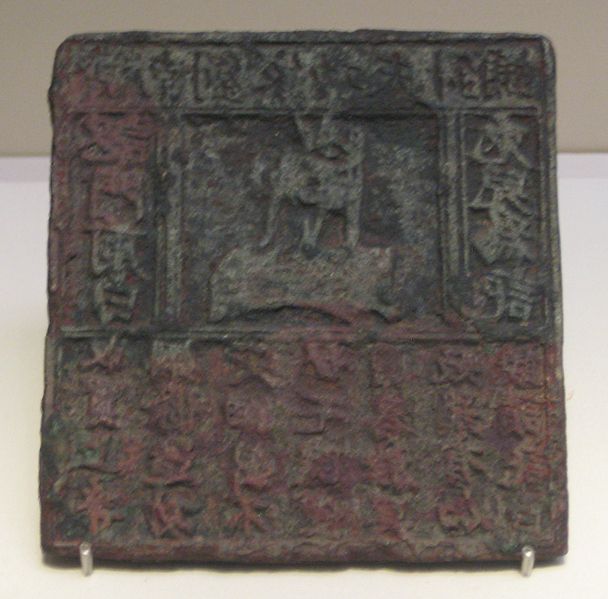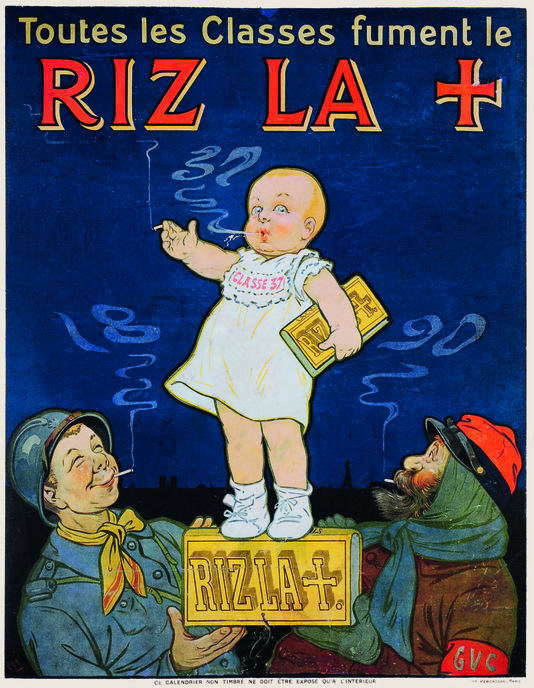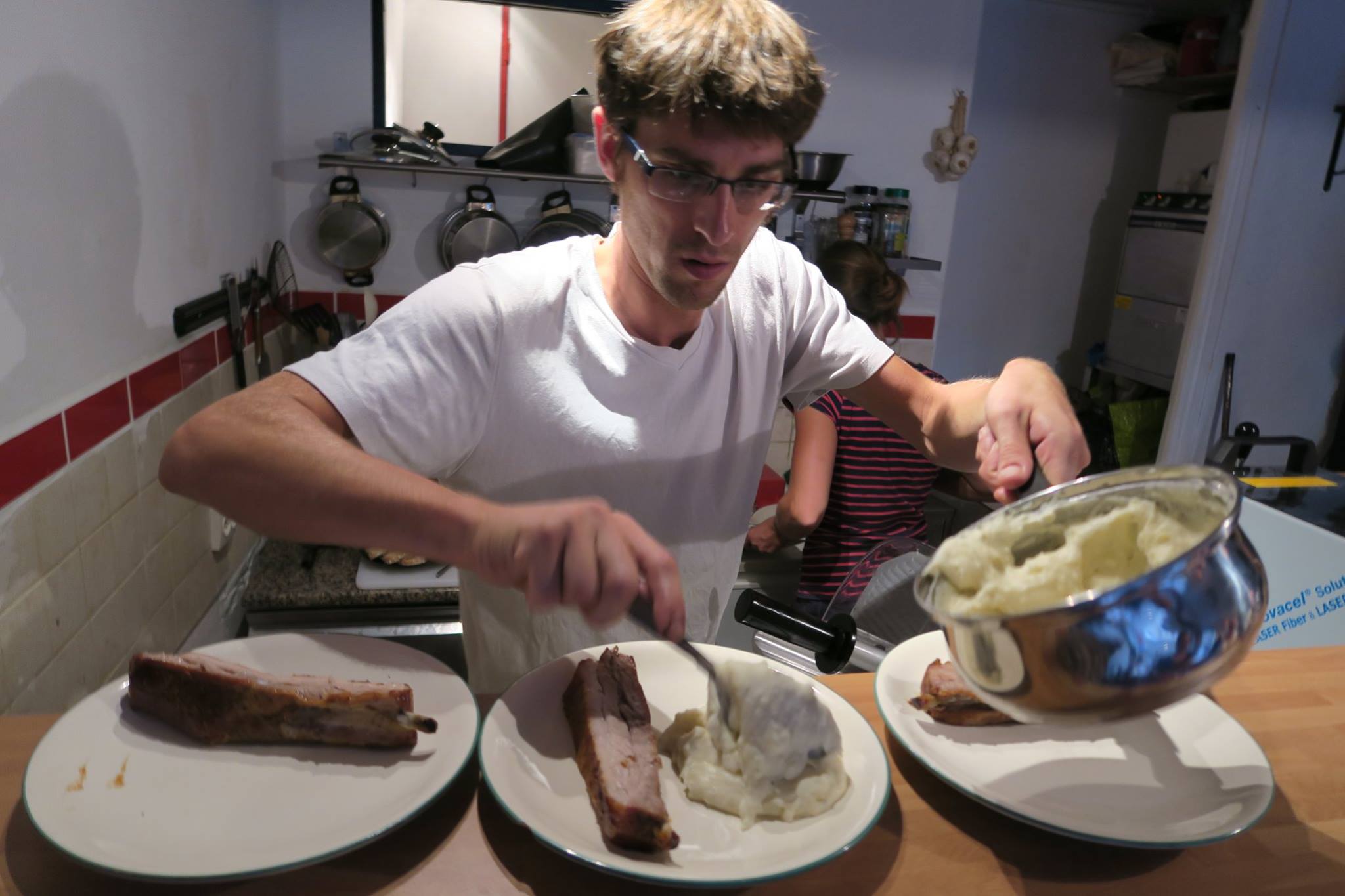A couple of weeks ago I attended an evening at Google for a Firestarters event about content marketing & complexity. These events are curated by Neil Perkin and the few I have been able to attend so far have been excellent. I was looking forward to this one to hear Dave Trott speak. He was brilliant, as were the other speakers, Doug Kessler and Sarah Richards. It was also good to catch up with a few acquaintances in the industry.
For the past several years I’d decided not to worry about my blog’s content. Whatever I fancied writing about and publicly sharing is here. It has been more about my travels than thinking of business lately.
Now I’m working independently, I feel I should write more thoughtful posts. I can tend to be lazy to think and write about it. I find it easier on a client deadline and with a group of people to talk with or present to. I find it more difficult to think by myself in front of a blank page. I want to keep practicing and improving at it though.
Dave reminded us to keep things simple in his talk. At one point he also mentioned that different platforms are probably good for different types of things. He has 140 characters on Twitter so tends to write funny things, that may have more impact and drive the interested people to a longer article via a link, for example.
I also listened to a Q&A from Paulo Coelho this past weekend, and learned the author manages his social media presence mostly by himself. He made an interesting comment about the formats of different online platforms and the kind of opportunities they offered for writers. The theme running on his Twitter account seems to be motivational phrases or quotes, sometimes with images. Ironically his last tweet at the time of writing states:
Success comes to those who do not waste time comparing what they are doing with what others are doing.
I’ll argue I’m not exactly comparing, only noting that his Twitter feed seems to specialise in a certain type of writing that of course fits the 140 character format well.
This is how I’ve been thinking of what I’m writing and where I’m publishing it. In short I’m weighing the merits of a content strategy for my writing while wanting to keep things simple and consistent.
Let’s start with what I tend to write about. I know I am particularly interested in these topics:
- Strategy, communications, marketing, and business innovation – that’s already pretty vast
- Tabletop games (board games, card games, role-playing games), and wider thinking about integrating playful elements in other areas like education or business (I am wary of the term “gamification” which can be the object of another post)
- Travel
- Science-fiction and fantasy
- Craft beer and home brewing
- Personal experiences and stories – which can admittedly blend in with any of the above topics.
I only had to look through my library to make sure I have the right topics, almost every book I own fits in one of those.
Point 6 is what I’ll be focusing on in my upcoming email newsletter, the reasoning is that an email is a one on one message so hopefully a good place to share personal stories while possibly integrating other things too.
I can simply keep writing all kinds of topics here, though a few people have also recommended writing on Medium and Linkedin Pulse. I wonder if those platforms could be more appropriate for some topics or styles of writing.
So far I’ve only reposted things from this blog on there. Linkedin Pulse has garnered far more views on the same post compared with Medium: 83 to 1. That was for my previous post about the newsletter. I also re-posted something I’d written about traveling on Medium and that has 12 views, 11 of which come from posting the link on my social networks. This last post was more promotional in nature and perhaps not of sufficient quality for Medium, or maybe just more relevant for Linkedin. In any case it raises interesting questions about the best platforms for my writing.
Out of curiosity I’m going to do more testing about this in the coming weeks, and see whether Linkedin or Medium might work better for writing about certain topics, and try out a few things with Twitter as well. It won’t be particularly exhaustive or even that objective research. I hope to discover a few interesting things and share what I find out here. Given my main goal is to write more, that should be achieved whatever the results of the experiments are.






